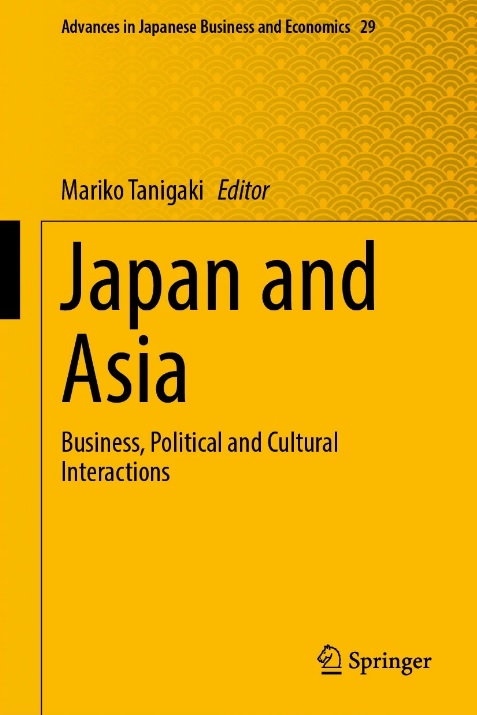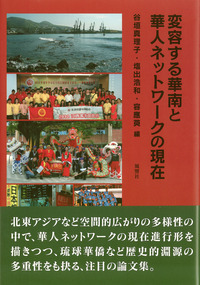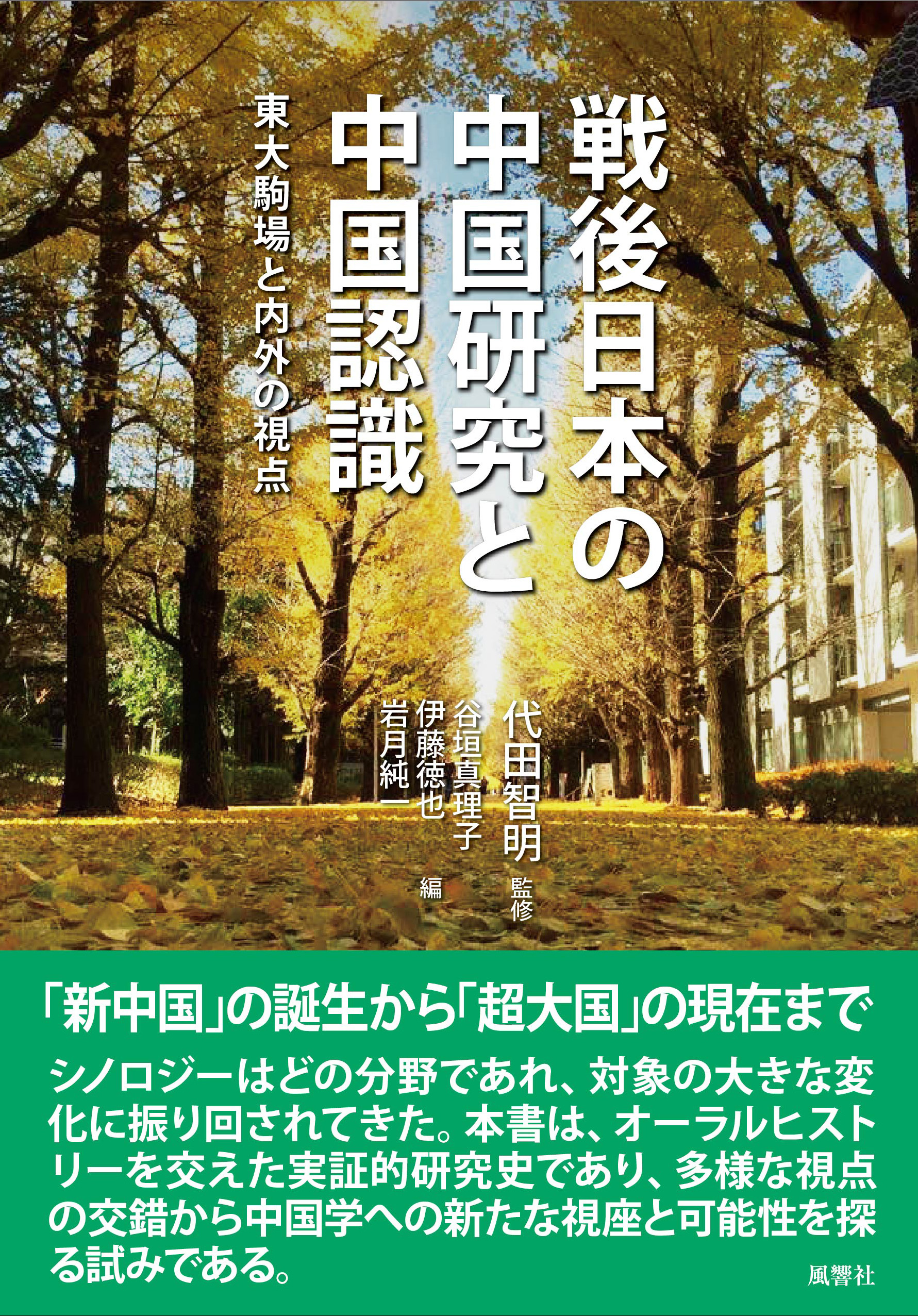
Title
Advances Japanese Business Economics 29 Japan and Asia Business, Politics and Cultural Interactions
Size
292 pages
Language
English
Released
March 22, 2022
ISBN
978-981-16-7988-9
Published by
Springer
Book Info
See Book Availability at Library
Japanese Page
This book reviews the postwar interactions between Japan and Asia. The Japanese factory production system, kaizen, has been shared in Asia. This book collects more diverse topics from Japan’s interactions with China, the Philippines, Indonesia, and Hong Kong. Each chapter provides details on how the business, political, and cultural interactions enrich both sides. The findings are then used to suggest the possibility of a de-facto Asian Community and Japan’s role in the present and post-COVID-19 world.
Mariko Tanigaki examines Japan's interaction with Indonesia based on the case of the Japan International Cooperation Agency (JICA)’s assistance program for the Indonesian National Police Reform. The assistance program was initiated at the formal request of the Indonesian government to the Japanese government in order to implement the democratization of Indonesia.
Tina S. Clemente compares Japanese and Chinese investment and aid in the Philippines and discusses the Philippines' partnership with both. She analyzes the economic relationship of these countries with the Philippines by considering empirical data, discourses, and perceptions. While China's investment and aid in the Philippines have increased, Japan still retains a considerable presence where these indicators are concerned.
Dianni Risda examines the acceptance of Indonesian trainees in Japan. This chapter aims to identify and analyze the reality of the cultural exchanges between Japan and Indonesia. She distributed a questionnaire to Indonesian workers in Japan and received responses from 121 people. The questions are divided into three parts: perceptions of employment, perceptions regarding Japanese socio-culture, and perceptions regarding foreign citizens’ understanding of the laws that are in force in Japan.
Chapter 5 draws on the experiences of contributor Hiroshi Ito, who has been involved in Sino-Japanese businesses for more than 20 years. This chapter considers how the activities of the Japan-China Working Group for the Exchange of Economic Information (J-C) affect the economic policymaking of the Chinese government. At the end of the 1970s, when China adopted its reform and opening-up policy, the Chinese government considered how to manage their economy based on the examples set by the United States, Europe, and Japan.
Tanigaki also analyzes how Chinese descendants form networks. The chapter considers the process and reason why families launch and continued family reunions. The Guan family in Hong Kong is a case. The family began with a married couple, Guan Yuanchang and Li Amei, who were educated in the church around the time of the Opium War.
Chun-wah Chin elucidates the relationship between Japanese pop culture and Hong Kong politics in the 2010s through the narratives and actions of Hongkongers and the Hong Kong / mainland authorities. The importance of Japanese pop culture to Japan's economy and international image is well known. However, its political impact is relatively unpredictable, especially when one realizes that Japanese cultural products have become globalized and are interpreted differently by consumers worldwide. Up-to-date case studies help to give us a glimpse into the big picture.
The publication of this book is greatly thanks to the efforts of Prof. Ryuzo Sato, C.V. Starr Professor Emeritus of Economics at New York University’s Stern School of Business, and members of the Sato Workshop.
(Written by TANIGAKI Mariko, Professor, Graduate School of Arts and Sciences / 2022)
Table of Contents
Introduction
Mariko Tanigaki
Pages 1-5
Chapter 2
The Adoption of Japan's Experience in Asia: A Case Study of the Police System of Indonesia
Mariko Tanigaki
Pages 7-41
Chapter 3
Discourse, Empirics, and Perceptions on Investment and Aid: Reconsidering Chinese and Japanese Relations with the Philippines
Tina S. Clemente
Pages 43-78
Chapter 4
Increasing Japanese and Indonesian Mutual Cooperation Indonesian Human Resources’ Contribution to Japan’s Technical Intern Training Program
Dianni Risda
Pages 79-143
Chapter 5
Fountain of Wisdom: Japan–China Working Group for the Exchange of Economic Information
Hiroshi Ito
Pages 145-225
Chapter 6
The Formation of Chinese Networks: An Analysis of a Hong Kong Family’s Reunion Activities
Mariko Tanigaki
Pages 227-247
Chapter 7
The Political Uses of Japanese Pop Culture in Hong Kong
Chun-wah Chin
Pages 249-282
Chapter 8
Conclusion
Mariko Tanigaki
Pages 283-287



 Find a book
Find a book



